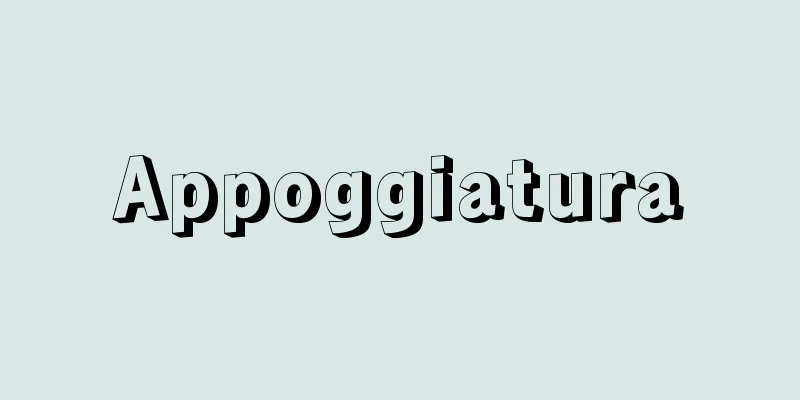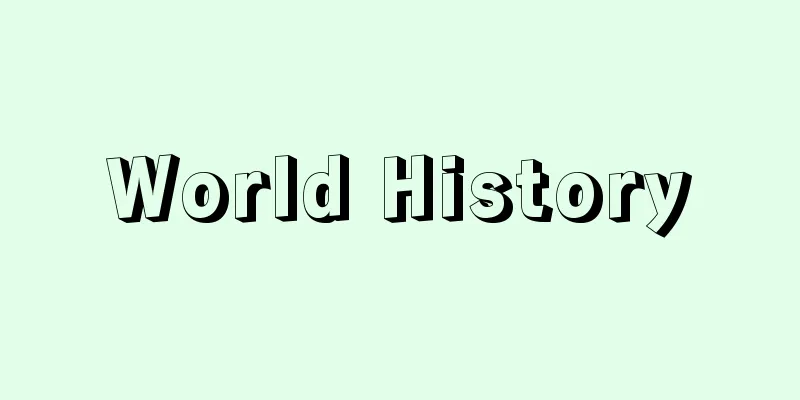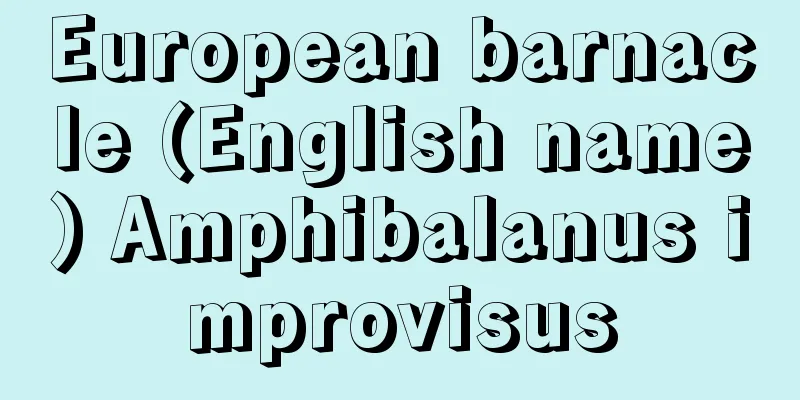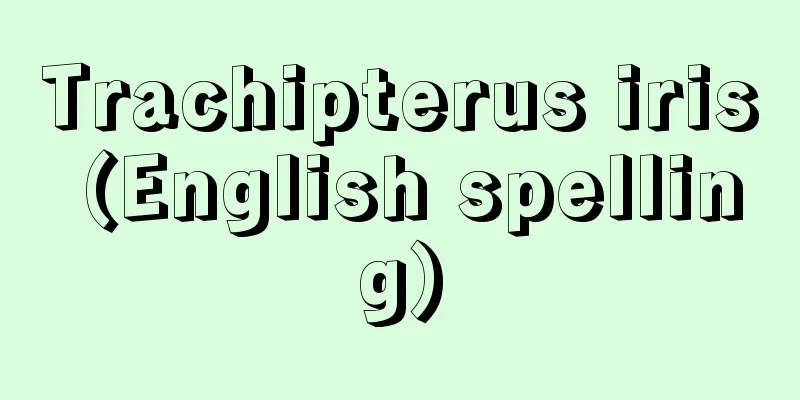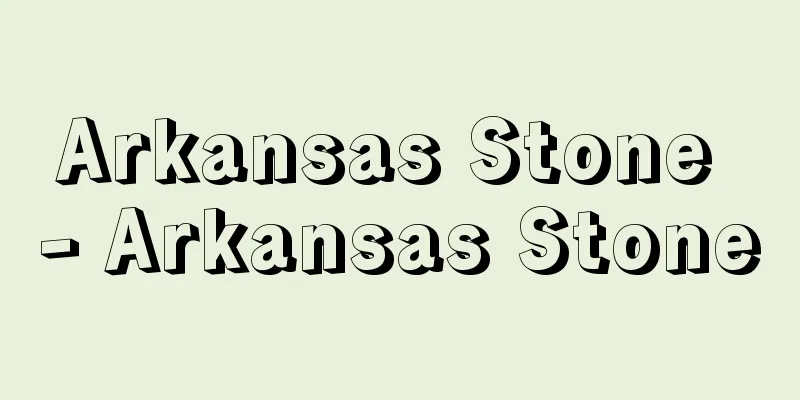Vaccination - shutou (English spelling)
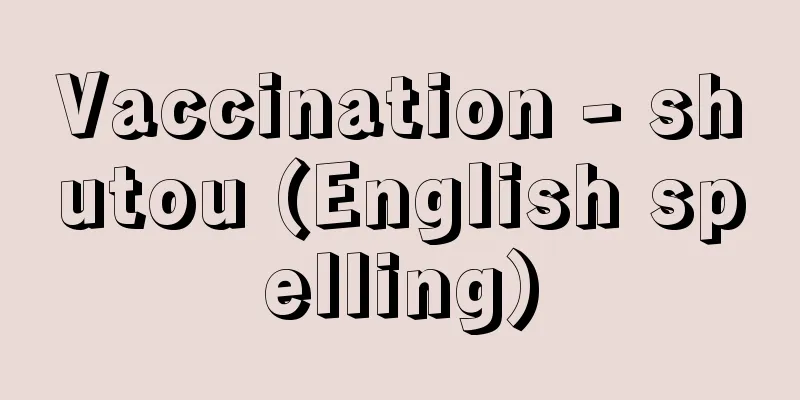
|
This is a vaccination against smallpox, which aims to actively acquire immunity against smallpox by inoculating the vaccinia virus, which is much less virulent than the smallpox virus. Since 1958, the World Health Organization (WHO) has promoted a smallpox eradication program on a global scale, and in 1980, the eradication of smallpox was announced, making vaccination unnecessary. [Noriaki Yanagishita] HistoryIn 1796, British surgeon Jenner inoculated an 8-year-old boy's arm with cowpox (a type of smallpox that causes only mild symptoms when transmitted to humans). Even when inoculated with variola bacteria six weeks later, the boy did not develop smallpox. Jenner published a 75-page pamphlet titled "An Investigation into the Causes and Effects of Cowpox" in 1798, and became the discoverer of the cowpox inoculation method. By 1800, he had succeeded in 6,000 cases, and the effectiveness of cowpox inoculation was widely recognized. Since then, vaccination has been used as a safe method of preventing smallpox. [Noriaki Yanagishita] The introduction of vaccinationIn China, vaccination using smallpox as a material was quite widespread at the end of the Ming dynasty, but in 1744 (Enkyo 1), Li Renshan of the Qing dynasty brought this to Nagasaki, where it was popularized by Ogata Shunsaku (1748-1810), a doctor for the Akizuki domain in Chikuzen province (Fukuoka prefecture). His book "Shokuho Hisshunben," published in 1795 (Kansei 7), is known as Japan's first specialized book on vaccination. However, this method involved injecting healthy people with a virus obtained directly from smallpox patients, which often caused symptoms similar to those of smallpox, making it an extremely dangerous method that could hardly be called a vaccination. In contrast, the cowpox inoculation method discovered by Jenner had a high safety rate, and it spread to Europe around 1816, but in the Orient, it was first administered in Guangdong, China, by the British doctor Alexander Pearson (1780-1874) in 1805. In Japan, Nakagawa Goroji (1768-1848), who was a guard officer on Etorofu Island and a Russian interpreter, was detained in Russia for six years and taught the cowpox inoculation method as a doctor's assistant. After returning to Japan, he administered the method in 1824 (Bunsei 7) when a smallpox epidemic occurred in Ezo (Hokkaido), which was the first cowpox inoculation in Japan, but it only saved the lives of the residents from the Matsumae domain to Sendai. Meanwhile, Saga Nabeshima feudal physician Narabayashi Souken, who embodied the will of Nabeshima Naomasa, the feudal lord, stayed in Nagasaki and negotiated directly with the Dutch House in Dejima to obtain smallpox vaccine. The Vienna-made smallpox vaccine brought by the Dutch doctor Mornike failed to inoculate, but in 1849 (Kaei 2) Mornike successfully inoculated Narabayashi's children with the vaccine brought by a Dutch ship from Batavia. This vaccine spread through the Saga Nabeshima feudal domain to Kyoto, Osaka, Edo, and other areas, and was called the Nagasaki vaccine or Mornike vaccine, and was the original vaccine for cowpox vaccination until the Meiji era. [Noriaki Yanagishita] Vaccination after the Meiji PeriodThe Vaccination Law was promulgated in 1909 (Meiji 42), and vaccination was first implemented by law. It was not until 1948 (Showa 23) after the Second World War that vaccinations were implemented in an organized manner as they are today. The Vaccination Law was promulgated in that year, but vaccination, in particular, was often problematic due to its strong side effects. In 1970, a movement arose to demand that the government take responsibility for accidents caused by vaccination, which the government administered as a routine vaccination, known as the Vaccination Disaster. Thus, with the revision of the Vaccination Law in 1976, vaccinations in Japan were effectively discontinued. Vaccination remained as a routine vaccination in the revised Vaccination Law, but it was discontinued due to the global smallpox situation. After that, following the WHO's declaration of the eradication of smallpox, vaccination as a routine vaccination was removed from the law in August 1980, and it was completely abolished legally. Currently, the law only allows for temporary vaccination in emergency situations. [Noriaki Yanagishita] [References] | |Source: Shogakukan Encyclopedia Nipponica About Encyclopedia Nipponica Information | Legend |
|
痘瘡(とうそう)(天然痘)の予防接種のことで、痘瘡ウイルスよりはるかに弱毒であるワクシニアウイルスの接種により積極的に痘瘡に対する免疫を獲得しようとするものである。1958年から世界保健機関(WHO)を中心に痘瘡根絶計画が全世界的な規模で推進され、1980年に痘瘡根絶宣言が出されたことにより、種痘の必要性はなくなった。 [柳下徳雄] 沿革1796年にイギリスの外科医ジェンナーが、牛痘(ウシの痘瘡で人間に感染しても軽症ですむ)を8歳の少年の腕に接種したところ、6週間後に痘瘡菌を接種されても少年は痘瘡にかからなかった。1798年に『牛痘の原因と効果に関する研究』と題する75ページの小冊子を発表したジェンナーは、牛痘接種法の発見者となった。1800年までには6000例に成功し、牛痘接種の有効性が広く認められ、以来、痘瘡の安全な予防法として種痘が行われるようになった。 [柳下徳雄] 種痘の伝来中国では明(みん)の末期に人痘を材料とする接種法がかなり普及していたが、1744年(延享1)清(しん)の李仁山(りじんせん)によってこれが長崎に伝えられ、筑前(ちくぜん)国(福岡県)の秋月藩医緒方春朔(おがたしゅんさく)(1748―1810)によって広められた。1795年(寛政7)に刊行された彼の著書『種痘必順弁』は、日本最初の種痘専門書として知られる。しかし、この方法は痘瘡患者から直接得た病毒を健康者に接種するというもので、痘瘡にかかった場合と同じような症状をおこすことが多く、予防接種とはいいがたいきわめて危険な方法であった。 これに対してジェンナーの発見した牛痘接種法は安全率が高く、これがヨーロッパに普及したのは1816年ころであるが、東洋では1805年にイギリスの医者ピアソンAlexander Pearson(1780―1874)が中国の広東(カントン)で施行している。日本では択捉(えとろふ)島の番人小頭(こがしら)でロシア語の通詞(つうじ)をしていた中川五郎治(1768―1848)が、6年間のロシア抑留の際、医者の助手をして牛痘接種法を伝習し、帰国後、1824年(文政7)蝦夷(えぞ)(北海道)に痘瘡が流行したとき施行、これが牛痘接種として日本最初となったが、松前藩から仙台までの住民を救っただけで終わった。一方、佐賀鍋島(なべしま)藩主の鍋島直正(なおまさ)の意を体した藩医楢林宗建(ならばやしそうけん)は、長崎に滞留して出島(でじま)のオランダ館と直接交渉し、痘苗(とうびょう)の入手を図った。オランダの医師モーニケの持参したウィーン製の痘苗は接種に失敗したが、1849年(嘉永2)バタビアからオランダ船がもたらした痘苗をモーニケが楢林の子らに接種して成功、佐賀鍋島藩を通じて京都、大坂、江戸などに広まり、長崎苗とかモーニケ苗とよばれて明治まで牛痘接種の原苗となった。 [柳下徳雄] 明治以降の種痘1909年(明治42)に種痘法が公布され、初めて種痘が法律によって実施されるようになった。予防接種が現在のように組織的に実施されるようになったのは、第二次世界大戦後の1948年(昭和23)からである。その年に予防接種法が公布されたが、予防接種のうちでもとくに種痘は副反応が強いためにしばしば問題とされていた。1970年に、国が定期接種として行っている種痘による事故に対して国の責任を求める動き、いわゆる種痘禍がおこった。かくして1976年予防接種法改正と同時に、国内の接種は実際上中止された。種痘は、改正された予防接種法のなかでも定期接種として残されていたが、世界的な痘瘡の状況から実施を中止したわけである。その後、WHOの痘瘡根絶宣言により、1980年8月には定期接種の種痘が法律から削除され、法的にも完全に廃止された。現在では、法律のなかでは、万一の際、緊急時の臨時種痘を行いうる余地だけが残されている。 [柳下徳雄] [参照項目] | |出典 小学館 日本大百科全書(ニッポニカ)日本大百科全書(ニッポニカ)について 情報 | 凡例 |
<<: Sword-Giving Guard - Jyutoei
Recommend
Izumisue - Izumisue
...When borrowing from another family, a pebble i...
Fass
…Here, I will only give a few examples that are e...
Kokka
An art magazine. It was first published in Octobe...
Rain erosion
Erosion caused by rainfall. There are three types...
Documentary Theatre - Dokumentartheater (English: Dokumentarge) [Germany]
A general term for the directing method and dramas...
Innamino
A plateau in the central-southern part of Hyogo P...
target archery
...That is, (1) stance, (2) set, (3) knock, (4) s...
gaine
…Many folk performing arts have themes that are d...
Mint
A British colonial administrator. He joined the ar...
Scientific Industry
...In 1927, the institute established Rikagaku Ko...
Outadokoro - Ooutadokoro
This was the place in charge of teaching and mana...
Andromache (English spelling)
A Greek tragedy by Euripides written in the early ...
Kashihara ship
〘Noun〙 A riverboat that traveled along the Hirano ...
Newnes, G.
…British popular weekly newspaper. It was founded...
Overflow diabetes
…For example, in the case of diabetes, it is excr...

